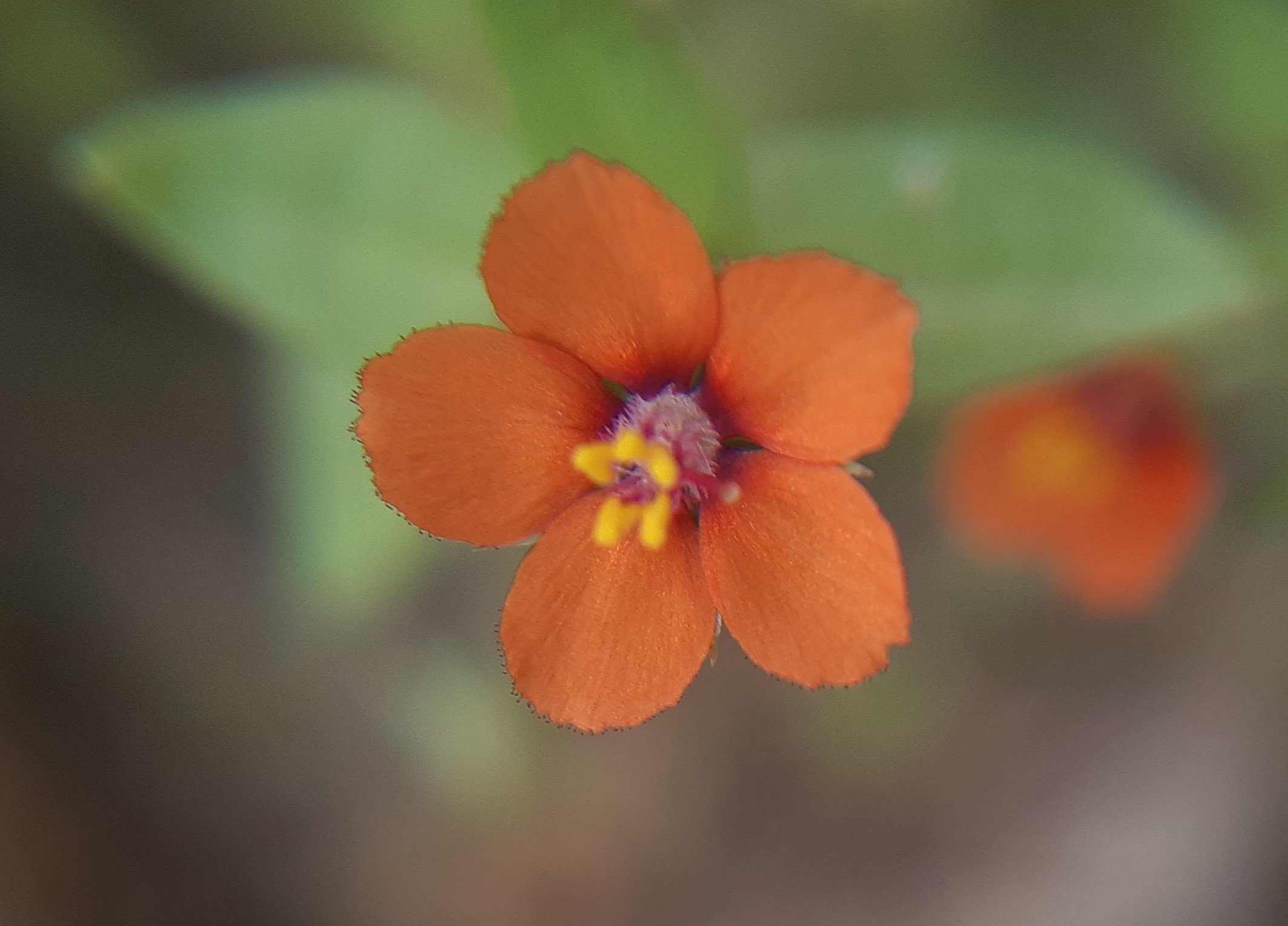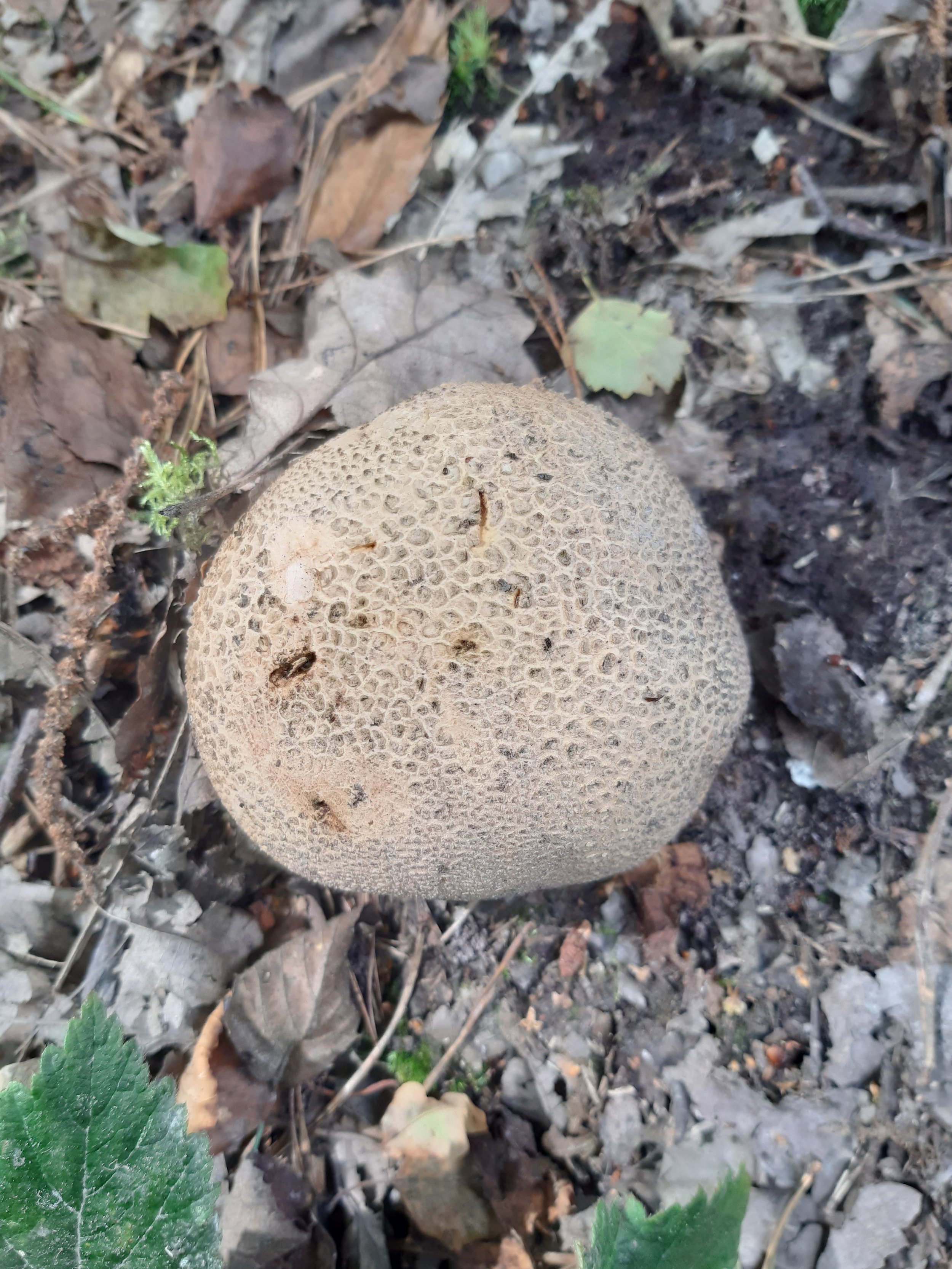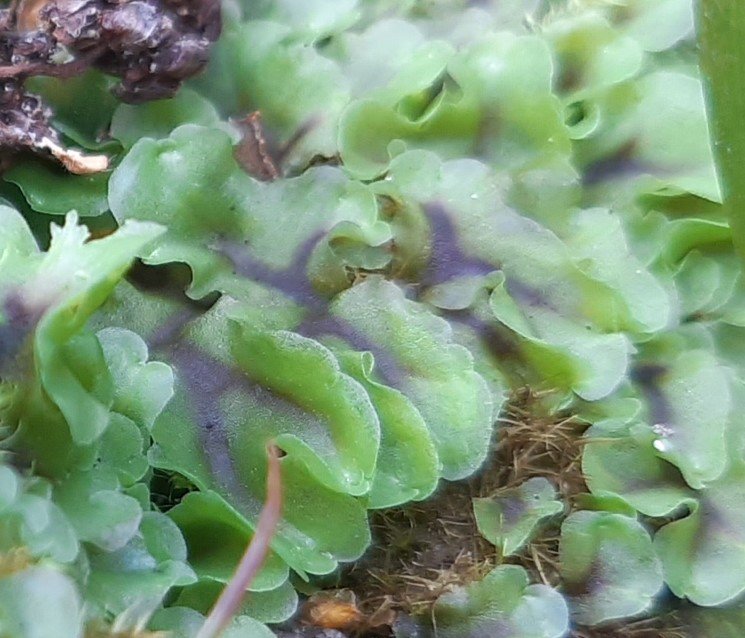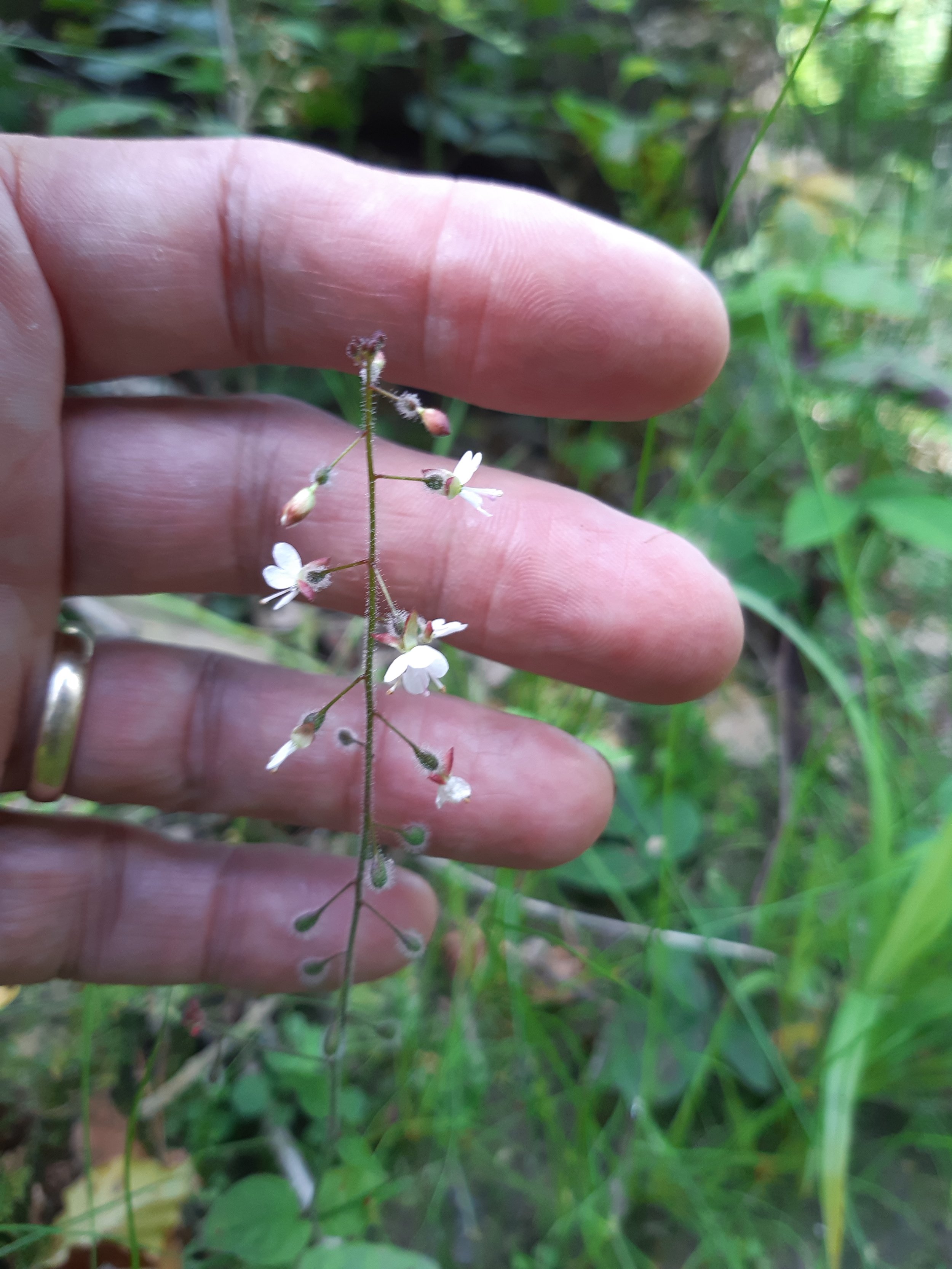Summer flowers of the wood
“Is he in heaven, or is he in hell? That damned elusive ….” - Scarlet Pimpernel
21st August 2023
On Mondays the woods are closed to the public, so it is a lovely quiet time to visit and look for interesting wildlife undisturbed by people, children and dogs - just me and the wildlife.
As I pick my way towards the Christmas Tree Field I spot a common and fairly unremarkable flower of this time of year - Common Knapweed or Hardhead. What is remarkable though becomes apparent when you get up close with a hand-lens.
Common Knapweed/Hardhead - apparently covered in long-legged spiders
The calyx of the flower head (the bulbous bit behind the petals) looks like it is covered in a mass of long-legged spiders. I first spotted this on a field trip with a bunch of botanists last Saturday. I was quite gobsmacked by what was revealed. The 'spiders' are a kind of bract known as a phyllary. Is this a form of mimicry to attract or deter visitors? Nature throws up all sorts of conundrums like this.
Near Dumbledoor Chalet (the Sussex name for a bumble bee) lots of purple toadflax is still in flower. Its small purple flowers on long erect spikes are a challenge to photograph with a mobile phone camera, but in the absence of a hand-lens my rather basic camera makes it possible to see the mini-snapdragon lips of the flowers.
Miniture ‘snapdragon’ flowers of Purple Toadflax
Very few birds are about and virtually none singing, other than the reliable twittering of a nearby Robin on one of the chalet roofs. Its song is so loud and crystal-clear that it makes me jump. Singing serves to attract a mate and to ward off competing members of the same species from foraging for food in this male's territory. But mating is all but over now, whilst the offspring have flown the nest, so bird song becomes of limited value – except perhaps for the Robin who doubtless sings for the pure joy of it!
Sound carries a long way down the valley and I can hear the framers working on the new chestnut timber porch on the back of the house. I'll snatch a photo of it on my return.
The next bit of close-up work is on a member of the pea family - Black Medick. On my field outing with my botanist friends I learned how to identify this plant from its cluster of tiny yellow pea flowers and its 'mucronate' leaf tip (a good scrabble or Unvirsity Challenge word that). Mucronate refers to the tiny point on the tip of the leaf.
Black Medick - the small black seeds develop on the spent flower head to give it its name
Accurate identification is not important to most of us, but those of a scientific persuasion will accept that should you need to know if the numbers of plant species are declining in the UK, then you have to be precise both in your counting and your identification. However, most of us can just be happy to appreciate their beauty and support their conservation.
At the far edge of the Christmas Tree Field I discover a rather beautiful umbell. The umbellifers include umbrella flowers like cow parsley, hemlock and wild carrot. This particular one is Wild Angelica, which has a distinct purplish tinge to its flower stalks. Not only is it beautiful, but you can eat the stems. The challenge however is to tell it apart from Hemlock, which produces the poison that Socrates was alleged to have been forced to drink in 399 BC (No he wasn't on a lads night out – it was his execution for impiety). So that's another good reason for accurate botanical identification.
Wild Angelica - beautiful and edible too
I am examining a flower head of Red-leg when I notice a small 'bug' sitting on its stem. It is a brown shield bug. This group of insects have piecing mouthparts for sucking juices out of plants, unlike beetles which have chewing mouthparts. Bed bugs are in the same group, which is sometimes referred to as ‘true bugs’, or hemiptera.
A shield bug sits immobile on the flowers of Red-leg.
I decide to go ‘off-piste’ a little and follow a narrow track through the trees to where I had one of my earliest volunteering tasks at Wilderness Wood in 2015. This particular track gets very muddy during the winter, so I was asked to put stepping-stones in for walkers to pass through unscathed. I am delighted that they are still here and doing the job they were designed for.
I'll give a copy of my book “Call of the Weald” (a collection of local memoirs) to the person who comes closest at marking the stepping stones on the enclosed map. Send your entries to davidwillhorne@googlemail.com.
To finish my walk I decide to snap photos of some common tree leaves around the wood. Some you may know (answers at the bottom).
Being alone in the woods enables me to have a brief encounter with a young female fallow deer. I catch sight of her moving through the wood and freeze. But I suspect she has spotted me and she too stands motionless. For a few minutes she hides from me (and I from she) with neither of us moving. I ‘blink’ first, trying to get a shot of her, and she is instantly history, melting into the surrounding woodland. A brief encounter, but one specially laid on for the benefit of the quiet lone walker.
As usual I check-out the state of the new ponds, but little change there. Autumn is not far away and a range of fungi are starting appear, especially after the recent rains. One of these is the earthball.
An Earthball
Earthballs have a similar demeanour to that of the giant puffball. Both are stemless and produce a mass of spores spread by wind or rain-splash. Similarities end there though, with the earthball looking more like a warty, pale yellow potato, but the puff ball being pure white. The most significant difference is that puff balls are edible whilst the earthball is fairly poisonous.
The damp area around the ponds is ideal for a different group of organisms, the bryophytes. These tiny green plants include the mosses, which most people have heard of, and the liverworts, which most haven't. One group of liverworts is called the thalloid liverworts. These encrust bare rock and soil surfaces and look like a wavy green skin over the ground.
An encrusting thalloid liverwort - one of the earliest groups of plants to inhabit the Earth
To close this little tour of the woods, we have to throw in one of its commonest flowers at this time of year - Enchanter Nightshade. Were they to appear in the spring, as most woodland flowers do, they would hardly be noticed. They have tiny white flowers arranged along a long thin stalk. This makes them tricky to photograph, especially as the wood is quite dark in the summer. Deer like to browse on the leaves, which are obviously not poisonous. Their name suggests otherwise, but they are not related to the nightshade family (whose members are), being closely related to the willowherbs.
Enchanter’s Nightshade
A Woodpigeon calls from the wood, only the second bird I've heard today, along with the earlier Robin. The woods may be quiet at this time of years, but the air above is not, as the Gatwick air traffic drones overhead. I'd sooner be down here in the woods, where despite the lower altitude, one is no further from God, but a lot closer to Mother Nature.
Finally I close my walk by visiting the back of The House, where the wood framers have completed their excellent work turning a number of chestnut tree trunks into a hand-crafted frame for the new verandah. Just the roof to fit on now.
Answers to the tree quiz:
1 = Western Hemlock, 2 = Sweet Chestnut, 3 = Beech, 4 = Buckthorn,
5 = Rowan (Mountain Ash), 6 = Birch, 7 = Alder
Follow my walking blog www.leggingroundbritain.com as we discover the coast of Britain and other places.














